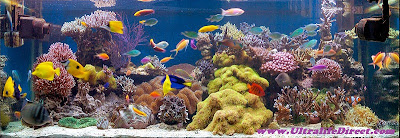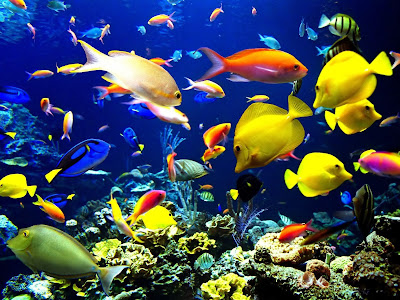Keeping fish contributes to the development of scientific research into aquatic environments, and is relevant to the study of animal and plant biology, ecology, reproduction, feeding, and behavior. Researchers use some species to test the toxicity of pollutants or suspected pollutants.
Aquaculture or Fish Farming: The production of living creatures with the principal aim of selling them as food has features in common with fish-keeping In both cases, it is a matter of maintaining fish in captivity and encouraging them to reproduce, always under the best possible conditions. The use of aquariums has allowed us to improve our knowledge of, for example, the breeding of marine larvae destined eventually for human consumption. It can also aid the preservation of species threatened with extinction for various reasons; we can study their behavior and reproductive methods with the aim of rearing young which can be released into their natural habitats.
On the other hand, aquarists are regularly accused of being party to the destruction of certain environments.
The fact is that though the vast majority of freshwater fish kept in aquariums are the result of captive breeding, the same is not true of marine fish, which are caught mainly in their natural habitats. The numbers taken are out of all proportion to the needs of aquarists owing to unsatisfactory conditions of capture and transport. For every marine fish which arrives alive in an aquarium, how many have died as they were being caught often in a highly questionable manner or during shipment or in the course of acclimatization? In this sense, the accusation is justified. The only solution is to impose stricter controls and improve techniques so that the number of fish caught to supply aquarists remains within a safe limit.













